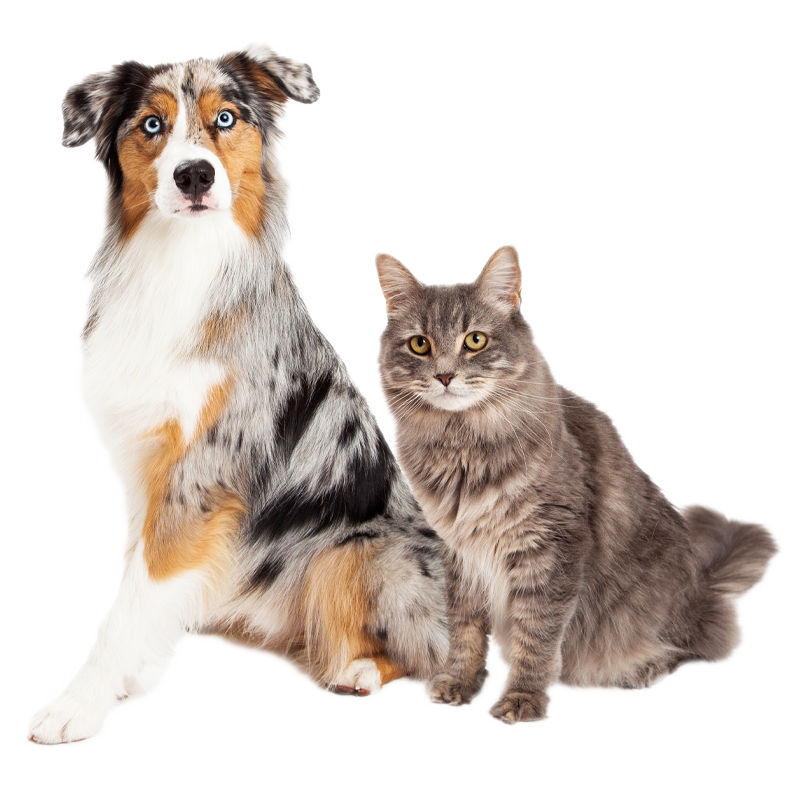Diabetes. The endocrine disease that teaches you management, patience and balance while also causing stress, frustration and a few vet bills. So what is this complicated disease that causes all these emotions? Let us investigate further.
Instead of jumping right in and describing what diabetes is, I want to take you to the very beginning of where it all starts. The pancreas. This incredibly important organ houses cells called “Beta Cells” which produces a hormone called Insulin. This hormone takes the glucose (a type of sugar) from the food that is being digested and transfers it to the body’s cells and tissues for energy. Still with me? Good.
Now that we understand the basics let’s talk about diabetes and what it is. This common condition occurs when there is a loss or dysfunction in beta cell production; resulting in a deficiency in insulin and a high accumulation of glucose in the blood (hyperglycemia). Diabetes can show multiple different kinds of symptoms such as drinking excessively, increased urination, increased appetite, weight loss, abnormal gaits in cats and cataracts in dogs.
Diagnosing diabetes begins based off the symptoms that your pet is showing, followed by the veterinarian finding consistent hyperglycemia. The diagnosis process will include an examination and may include blood tests, urinary tests, and blood glucose readings. These tests will also tell you what type of diabetes that it is. This can be a stressful time while waiting for results, but having answers is rewarding and will begin the next part of the process; Treatment/management.
Remember the balance, patience and management part? Well, here it is. Now that your pet has been diagnosed with diabetes, there is a high chance that they will require lifelong treatments. This may include the administration of insulin (your veterinarian will give you the appropriate dose and teach you how exactly to give it), a good fitness regimen and a special diet. This particular diet will be a high-fibre diet for dogs and a high-protein/low carbohydrate diet for cats. Most veterinary clinics will have specially formulated food specifically for diabetic pets. Feeding regular meals is also extremely important in the management of diabetes to ensure that they are getting the appropriate sugars in their diet, and the insulin administered is having something to transfer for energy. Your veterinarian can assist you in coming up with a proper diet plan that fits your pets needs.
It is essential to monitor your pet at home and to give the correct dose that is prescribed, as an overdose of insulin can be very dangerous, and it is highly recommended to contact your veterinarian or an emergency clinic right away. Signs of an insulin overdose can include but are not limited to weakness, tremors or seizures, and loss of appetite. Remember diabetic pets can live long and healthy lives with the proper management and veterinary care, and whenever you have a question about your pet, consult with your local veterinarian and the team will be more than willing to help answer any questions that you may have.
Written By: Candice Dystant, Veterinary Technician




